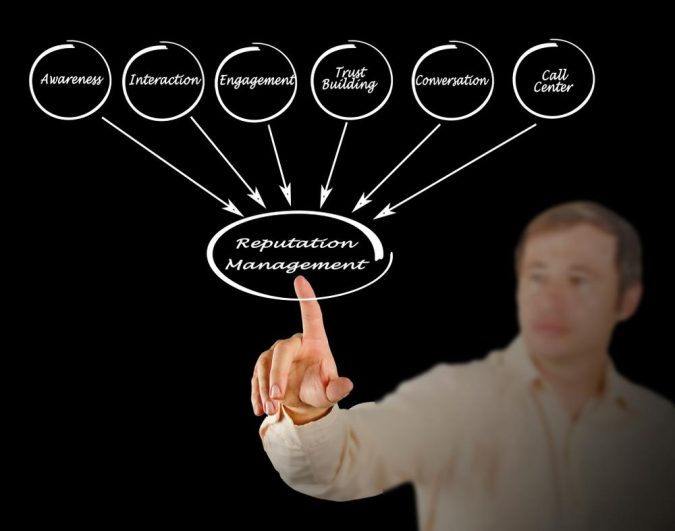3 Ways a Proactive Comms Team Can Protect Your Brand Reputation in a PR Crisis

Since a parked Model S car caught fire on video in a Shanghai garage in April, damaging two nearby vehicles, Tesla has been working overtime to contain the PR damage to its company reputation. Coupled with similar fires from other electric vehicles by NIO and BYD, the incident has drawn public awareness to potential safety issues, prompting action from the Chinese government. To address the issue, Tesla organized a group of technical experts and executives from China and the U.S. to investigate the problem in cooperation with government officials. At the end of June, Tesla announced that the investigation had identified the problem as a single battery module inside the vehicle in question, and the incident did not reflect a systemic problem with the design of the Model S.
Tesla’s Model S fire incident illustrates the potential damage a public relations crisis can inflict on a brand’s reputation, as well as what steps a company’s communications team can take to keep a PR incident from escalating. Here’s what you can do to protect your brand if you find yourself facing a public relations challenge.
1. Prepare Your PR Comms Team for Crisis Management
The best way to manage a PR crisis is to be prepared, says Jonathan Bernstein of Bernstein Crisis Management. If you wait until a disaster hits to develop a crisis management strategy, you may get overwhelmed by negative publicity before you can prepare an effective response. Having a trained communications team and operating procedure in place can put you in a stronger position to respond quickly and effectively. Assign personnel to your crisis communications team, including a designated public spokesperson, and make sure they’re trained in critical skills such as how to speak to the media, recommends Bernstein.
Your team’s training should also include the development of “holding statements” that can buy your company time while you’re still trying to gather the facts and assess the situation. For instance, after the Model S fire video went viral, Tesla issued a statement announcing that it had immediately dispatched a team to investigate the incident and that according to authorities no one had been hurt. This let the public know that Tesla was taking action on the incident, buying the company time to gather the facts and develop a fuller response. This is a better response than waiting for social media rumors to spread before issuing a statement.
2. Get the Facts First
In order to issue an effective response to a PR crisis, you first need to check the facts of the situation, emphasizes PR firm Sterling Communications. In some cases, the facts may exonerate your company from false charges. In other cases, the facts may indicate you need to take responsibility for mistakes. In either case, knowing what the facts are will put you in a stronger position to make a persuasive public response.
For instance, Apple’s iCloud storage system faced potential backlash after photos stored by celebrities were hacked and released to online message boards. However, an investigation determined that the hacks resulted from targeted attacks on particular celebrities’ passwords, not from a breach of iCloud itself. Disclosing this helped Apple stave off PR damage.
3. Publicly Correct Misinformation and Take Action
In some cases, your company’s reputation may suffer as a result of rumors or false information being spread on social media. When this happens, it’s important to have your comms team aggressively take steps to get the facts out there. For instance, bad pyramid scheme practices by some multi-level marketing companies have led some consumers to wonder if direct sales giant Amway is a scam. To correct this misperception, Amway has mounted a public education campaign to inform consumers of the difference between its direct sales business model, which features legitimate health, beauty, and home care products, and pyramid schemes, which do not sell actual products.
On the other hand, in some cases, the facts may reveal that your company is legitimately responsible for product defects or other issues. In this case, it’s critical to let the public know what action you’re taking to correct the situation. For example, after KFC suffered an embarrassing chicken shortage that forced it to temporarily close hundreds of its locations, the company announced it was returning to its previous logistics supplier.
Preparation Pays Off
Bad publicity can damage your brand’s reputation, but you can take steps to protect yourself by being proactive. Training your comms team to handle PR problems positions you to respond rapidly if a crisis hits. Checking your facts arms you with the information you need to mount an effective response. Correcting misinformation and taking corrective action shows the public you’re in charge of the situation. Following these steps can help your brand endure bad publicity storms and come out stronger after the crisis subsides.
